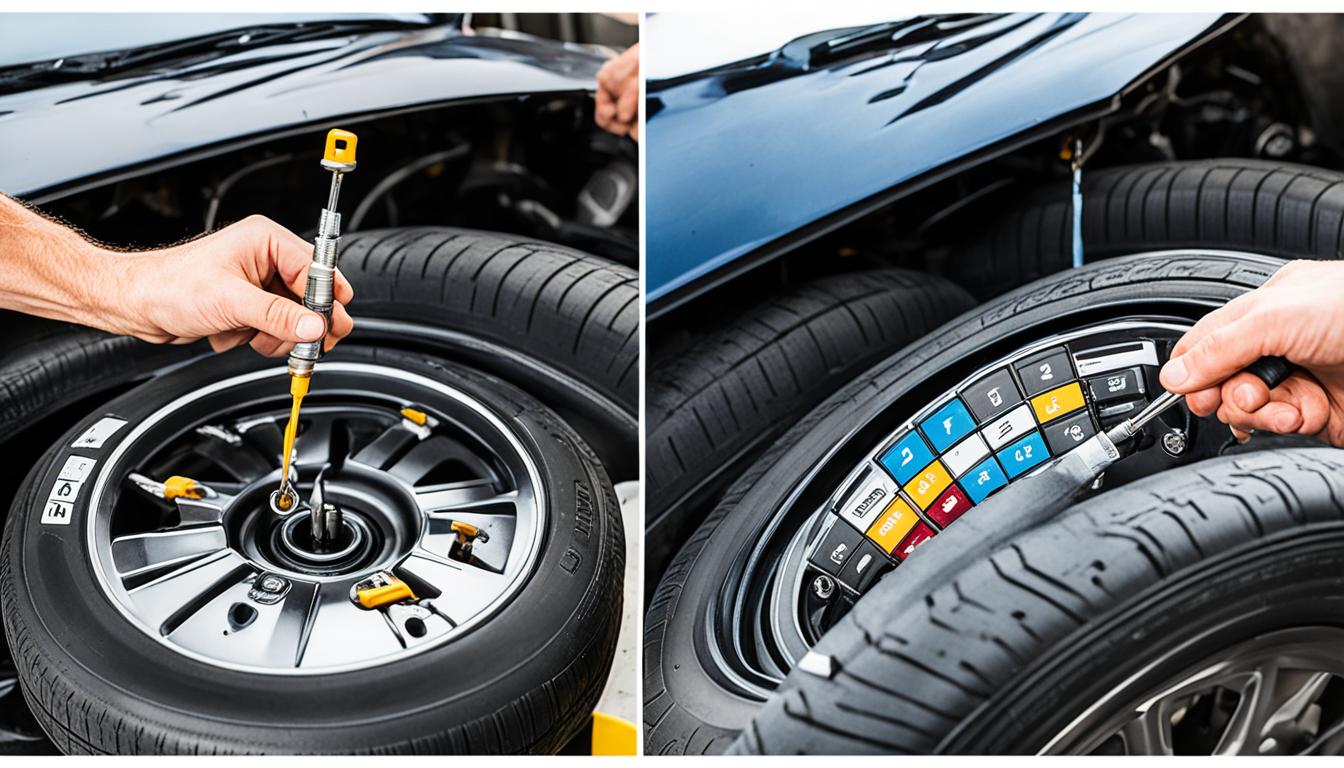All Categories
Featured

The vehicle repair work market is quickly advancing with the introduction of new modern technologies that are reshaping exactly how lorries are identified, serviced, and fixed. From the fostering of expert system (AI) to the assimilation of electric lorry (EV) maintenance, these improvements are enhancing repair efficiency, minimizing expenses, and enhancing the overall consumer experience. In this write-up, we'll discover a few of one of the most notable automotive technology developments in fixing that are assisting contemporary auto mechanics stay ahead of the curve.
- AI-Powered Analysis Tools. Artificial knowledge is changing the analysis process in vehicle repair service. Mechanic shops can now utilize innovative scanners that make use of AI to identify troubles, anticipate prospective failures, and also suggest specific fixings.
- Electric and Crossbreed Automobile Repairs. As the demand for electrical automobiles (EVs) and hybrids grows, so does the demand for specialized repair technologies and training. Additionally, lots of repair shops are now spending in electrical vehicle-specific tools, such as high-voltage insulation testers and billing station diagnostics, to make sure that service technicians can securely and efficiently service these sophisticated lorries.

- 3D Printing in Car Repair Work. 3D printing has ended up being an effective device for auto repair services, especially when it pertains to creating hard-to-find or discontinued parts. This cutting-edge technology allows repair service stores to print and develop personalized components on-demand, reducing wait times and expenses connected with getting components from suppliers. Whether it's a rare trim item, a broken engine part, or an elaborate interior part, 3D printing can produce premium substitutes that recover the vehicle to its initial state. This technology is particularly valuable for recovering classic automobiles or fixing cars that no longer have conveniently available substitute parts.
- Robotics and Automation. Robotic modern technology is being incorporated right into the automobile repair work process to boost performance and accuracy. Robotics are being made use of for repeated tasks such as tire rotations, oil changes, and brake servicing, allowing professionals to concentrate on even more complicated repair services. These robots can run with high degrees of accuracy, reducing the danger of human mistake and boosting the quality of the repair. In the future, robotics might handle much more advanced repair service features, enabling quicker turn-around times and enhancing the general client experience.
- Enhanced Truth (AR) for Specialist Assistance. Augmented fact is changing the means technicians gain access to repair service information and perform jobs. By utilizing AR glasses or tablet computers, specialists can overlay electronic details, such as repair work handbooks, representations, and step-by-step guidelines, straight onto the car they are working on.
- Anticipating Maintenance with IoT. The Web of Points (IoT) is reinventing car upkeep by linking cars to networks that gather information in actual time. IoT sensors check a lorry's wellness and send out vital data, such as oil levels, tire pressure, engine temperature, and battery condition, to cloud-based systems. This data is analyzed by predictive upkeep algorithms to determine potential problems before they cause malfunctions. For instance, if a sensing unit identifies unusual wear in the brakes, the system can notify the motorist or professional before it ends up being a major issue. Anticipating upkeep aids customers stay clear of unforeseen fixing expenses and prolong the life expectancy of their vehicles.

- Telematics and Remote Diagnostics. Telematics systems, which are commonly utilized in contemporary vehicles, allow remote diagnostics and real-time surveillance. These systems send out information concerning a vehicle's efficiency, consisting of engine health and wellness, tire problem, and fluid levels, to service centers and makers. If a trouble emerges, service technicians can detect the issue from another location, typically repairing software application problems or upgrading the lorry's firmware without the demand for a physical solution appointment. Sometimes, service technicians can also repair issues or arrange a consultation before the vehicle gets to the repair service store. This remote technique to diagnostics improves convenience and minimizes downtime for automobile owners.
- Vehicle Information Sharing for Improved Solution. With accessibility to in-depth data from a car's previous solution history, consisting of previous fixings, components substitutes, and efficiency records, specialists can more precisely examine present concerns. By leveraging this data, repair service stores can offer customized options based on the car's distinct background, helping to protect against future issues and enhancing long-lasting automobile performance.
Conclusion. AI-powered analysis devices, robotics, 3D printing, and IoT connectivity are simply a few examples of the cutting-edge innovations transforming the method cars are repaired. As the sector proceeds to embrace these innovations, repair stores that stay updated with the latest devices and strategies will be better furnished to meet the needs of modern lorry owners.
Latest Posts
Design and Performance Combined
Published Apr 19, 25
1 min read
Checking out the Advantages of WyHy Share Interest-bearing Account
Published Apr 19, 25
1 min read
Emergency Situation Roof Covering Repair Service-- Stopping Leakages in Their Tracks
Published Apr 19, 25
1 min read